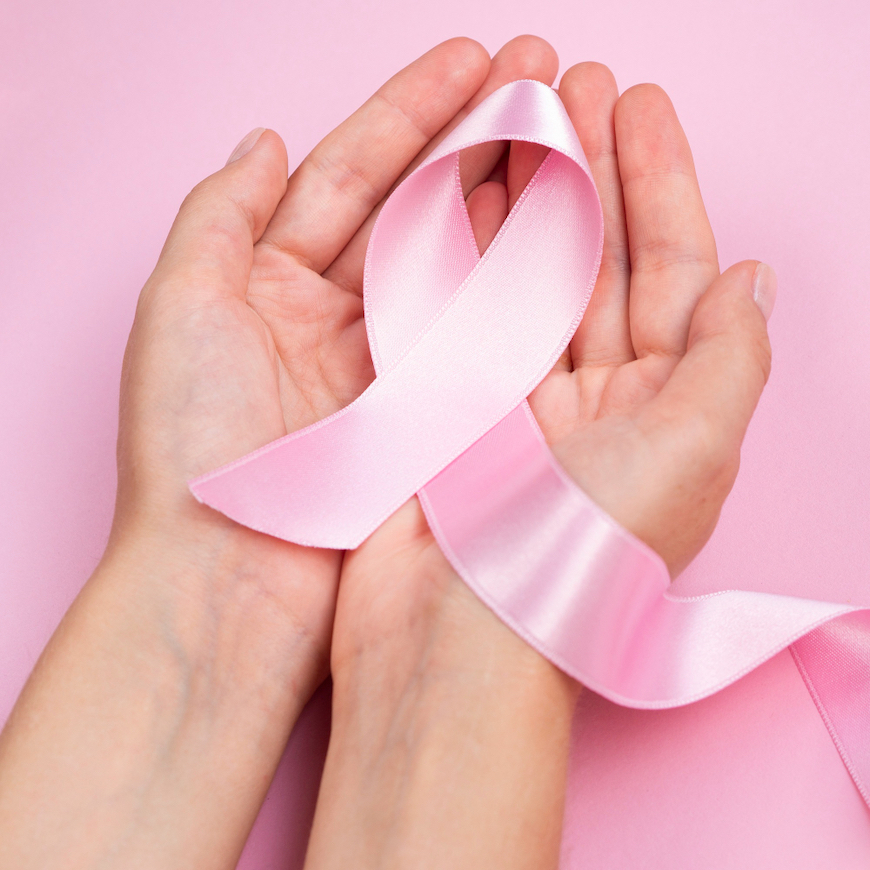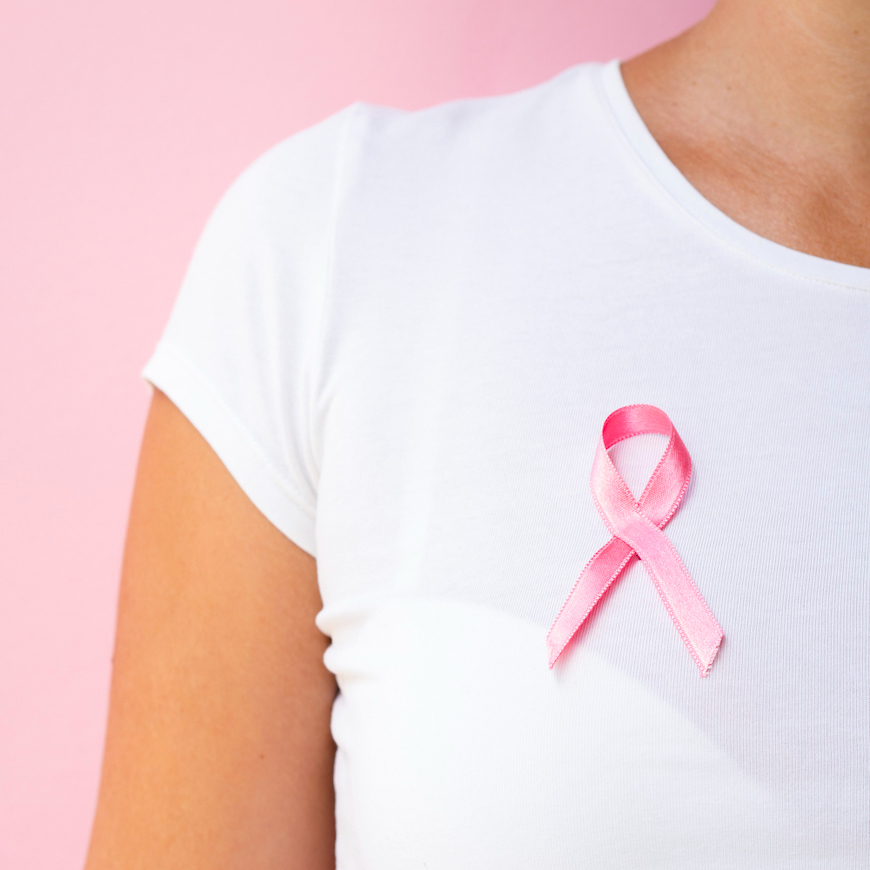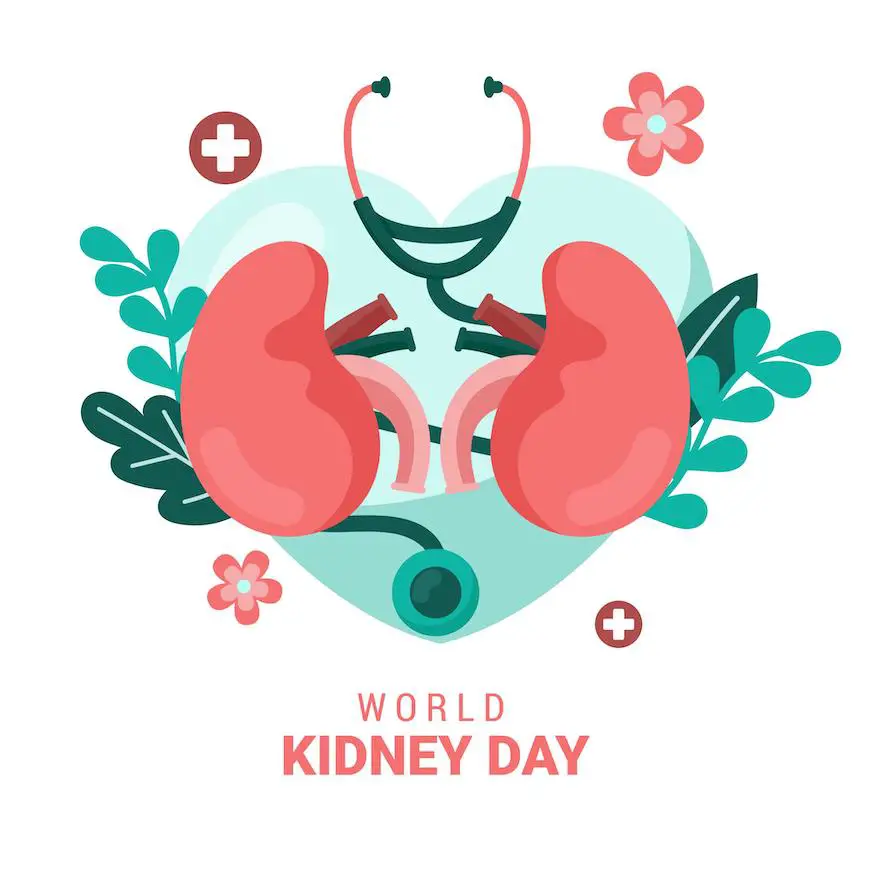What Are Breast Cancer Stages?
When someone is diagnosed with breast cancer, one of the first questions that arises is, “What stage is it?” Understanding breast cancer stages can feel overwhelming at first, but learning about them is one of the most important steps in facing the disease head-on. Each stage tells a unique story about how advanced the cancer is, how far it has spread, and what treatment options might be best.
Doctors use a system to categorize breast cancer stages from 0 to 4. These stages help predict the likely outcome (also known as prognosis) and are crucial in determining the best course of treatment. They take into account the size of the tumor, whether it has spread to nearby lymph nodes, and if it has moved to other parts of the body. These factors are described using the TNM system. Breast cancer stages describe how far the cancer has progressed. Staging is based on:
- Tumor size (T): How big the cancer is in the breast.
- Node involvement (N): Whether cancer has spread to lymph nodes, especially in the underarm or near the collarbone.
- Metastasis (M): Whether the cancer has spread to distant organs like the liver, lungs, brain, or bones.
Doctors use this information to assign a stage from 0 to 4. Breast cancer Stages helps guide treatment decisions and understand prognosis.
Stage 0 – Ductal Carcinoma In Situ (DCIS)
Stage 0 is the earliest stage and is considered non-invasive. At this stage, abnormal cells are found in the lining of the breast ducts, but they have not spread into the surrounding breast tissue. This condition is commonly referred to as ductal carcinoma in situ, or DCIS. While it is considered non-invasive, it’s still taken seriously because it has the potential to develop into invasive breast cancer if left untreated.
Women with stage 0 breast cancer often don’t have any symptoms. In fact, most cases are found through routine mammograms. The treatment for DCIS usually involves surgery to remove the abnormal cells—either through a lumpectomy or, in some cases, a mastectomy if the area is widespread. Radiation therapy is often recommended after a lumpectomy to lower the risk of recurrence. If the cancer cells are hormone-receptor positive, doctors may also suggest hormone therapy. The outlook for stage 0 is excellent, with survival rates near 100% when treated early.
What It Means:
- Abnormal cells are found in the lining of the breast duct but haven’t invaded surrounding tissue.
- It’s often caught through a routine mammogram before any symptoms appear.
Common Type:
- Ductal Carcinoma In Situ (DCIS): Early cancer confined to the breast duct.
Treatment Options:
- Lumpectomy or mastectomy, depending on how widespread the abnormal cells are.
- Radiation therapy may be used after lumpectomy.
- Hormone therapy is recommended if the cancer cells have hormone receptors.
Prognosis:
- Excellent. The survival rate for DCIS is close to 100% with proper treatment.
Stage 1 – Early-Stage Invasive Breast Cancer
Stage 1 breast cancer means the tumor has become invasive and has started to move beyond the ducts or lobules into the nearby breast tissue. Even though the cancer is now invasive, it’s still considered an early stage and typically responds well to treatment.
In this stage, the tumor is quite small—usually less than 2 centimeters in size. It may or may not have spread to a small number of nearby lymph nodes, often detected as tiny clusters of cancer cells. While some women notice a lump in the breast or underarm, many don’t experience symptoms and discover the tumor during routine screenings.
Treatment for stage 1 typically involves surgery—either a lumpectomy or mastectomy, depending on the size and location of the tumor. Radiation therapy is often recommended after lumpectomy. In some cases, chemotherapy might be advised, especially if the cancer is fast-growing or has specific aggressive features, such as being HER2-positive. Hormone therapy is used for hormone receptor-positive cancers, and targeted therapy is an option for HER2-positive cases. The prognosis for stage 1 is excellent, with more than 90% of patients surviving five years or longer.
What It Means:
- The tumor is still small (up to 2 cm).
- Cancer may or may not have spread to nearby lymph nodes, but not beyond.
Sub-Stages:
- Stage 1A: Tumor ≤ 2 cm, no lymph node involvement.
- Stage 1B: No tumor in the breast or tumor is very small; small groups of cancer cells found in 1-3 lymph nodes.
Treatment Options:
- Surgery (lumpectomy or mastectomy), often followed by radiation.
- Chemotherapy if the cancer has aggressive features.
- Hormone therapy for hormone-receptor-positive cancers.
- Targeted therapy if HER2-positive.
Prognosis:
- Very good. Five-year survival rates are around 98-100%.
Stage 2 – Moderately Advanced Breast Cancer
By stage 2, breast cancer has grown larger or has spread to nearby lymph nodes, but it hasn’t reached distant parts of the body. This stage is considered “moderately advanced” but is still very treatable.
In stage 2, the tumor may be between 2 to 5 centimeters in size, or it could be smaller with cancer present in a few lymph nodes. Sometimes, tumors larger than 5 centimeters are still considered stage 2 if they haven’t spread to any lymph nodes. At this point, symptoms may include a noticeable lump, swelling in the underarm, breast pain, or changes in breast size or skin texture.
Treatment usually begins with surgery to remove the tumor and assess lymph node involvement. Whether a lumpectomy or mastectomy is performed depends on the individual case. Radiation is typically recommended after surgery, especially if lymph nodes are involved. Chemotherapy is more likely to be part of the treatment plan at this stage. Hormone therapy or HER2-targeted therapies may also be recommended, depending on the cancer’s characteristics. The five-year survival rate for stage 2 breast cancer is still high, generally ranging from 86% to over 90%.
What It Means:
- Tumor size is larger (2–5 cm).
- May or may not have spread to 1–3 lymph nodes.
- No spread to distant organs.
Sub-Stages:
- Stage 2A:
- Tumor ≤ 2 cm with 1–3 lymph nodes involved, OR
- Tumor 2–5 cm with no lymph node involvement.
- Stage 2B:
- Tumor 2–5 cm with 1–3 lymph nodes involved, OR
- Tumor > 5 cm with no lymph node involvement.
Treatment Options:
- Surgical removal of the tumor (lumpectomy or mastectomy).
- Radiation if lymph nodes are affected.
- Chemotherapy may be recommended, especially for aggressive tumors.
- Hormone therapy and HER2-targeted therapy, if applicable.
Prognosis:
- Still very treatable. The five-year survival rate is around 93% with proper care.
Stage 3 – Locally Advanced Breast Cancer
Stage 3 breast cancer is referred to as “locally advanced.” This means the cancer has spread beyond the breast and into nearby lymph nodes, or even into the skin or chest wall, but it still hasn’t metastasized to distant organs.
At this stage, the tumor can be any size. What defines it as stage 3 is the extent of lymph node involvement or whether the tumor has invaded nearby structures. For example, if cancer is found in 4 to 9 axillary lymph nodes (under the arm), or if it has spread to lymph nodes near the breastbone or collarbone, it’s considered stage 3. In some cases, the tumor might be growing into the chest wall or skin, causing ulceration, redness, or dimpling—symptoms often seen in inflammatory breast cancer.
Because of its complexity, stage 3 breast cancer often requires a multi-step treatment approach. Doctors usually start with neoadjuvant therapy, which is treatment given before surgery to shrink the tumor. This typically includes chemotherapy. Once the tumor is reduced in size, a mastectomy is often performed. After surgery, radiation therapy is commonly used to eliminate any remaining cancer cells. Depending on the tumor’s biology, hormone therapy, HER2-targeted therapy, or other systemic treatments may follow.
Although stage 3 breast cancer presents more challenges than earlier stages, it’s still treatable. The five-year survival rate ranges from around 66% to 76%, depending on the exact subtype and how well it responds to treatment.
What It Means:
- Tumor is larger than 5 cm or has spread to 4 or more lymph nodes.
- May involve the chest wall or skin, causing swelling or skin changes.
- Still no distant spread.
Sub-Stages:
- Stage 3A:
- Tumor > 5 cm and spread to 1–3 lymph nodes, OR
- Any size tumor with 4–9 lymph nodes involved.
- Stage 3B:
- Tumor invades chest wall or skin, may ulcerate, and has lymph node spread.
- Stage 3C:
- Extensive lymph node involvement, including those near the collarbone or sternum.
Treatment Options:
- Neoadjuvant chemotherapy (before surgery) to shrink the tumor.
- Mastectomy often followed by radiation therapy.
- Hormone or targeted therapies, depending on tumor type.
- Ongoing monitoring due to high risk of recurrence.
Prognosis:
- Serious, but many people survive and thrive with aggressive treatment.
- Five-year survival rates range from 66% to 86% depending on factors like age, tumor type, and response to treatment.
Stage 4 – Metastatic Breast Cancer
Stage 4 breast cancer, also called metastatic breast cancer, is the most advanced stage. This means the cancer has spread from the breast and nearby lymph nodes to other parts of the body. Common areas of spread include the bones, lungs, liver, and brain. Unlike earlier stages, stage 4 is not considered curable, but it is treatable. Many people live for years with metastatic breast cancer thanks to advances in medicine.
Symptoms of stage 4 breast cancer vary depending on where the cancer has spread. Bone metastases may cause persistent pain or fractures. Lung involvement can lead to a chronic cough or shortness of breath. If the liver is affected, symptoms may include jaundice or abdominal discomfort. Brain metastases might present as headaches, vision problems, or neurological symptoms.
The goal of treatment at this stage is to control the spread of cancer, relieve symptoms, and improve quality of life. Treatment options include chemotherapy, hormone therapy, targeted therapy, and immunotherapy, depending on the specific subtype of breast cancer. Palliative care also plays a critical role in managing symptoms and supporting the emotional and physical well-being of patients.
Despite being the most serious of the breast cancer stages, many people live meaningful lives for years after diagnosis, especially when the cancer is well-managed with modern therapies.
What It Means:
- Cancer has moved beyond the breast and lymph nodes to places like the bones, lungs, liver, or brain.
- Can be diagnosed as stage 4 initially or as a recurrence of earlier-stage cancer.
Common Symptoms:
- Bone pain or fractures
- Persistent cough, chest pain, or shortness of breath
- Jaundice or abdominal pain (liver)
- Neurological symptoms like headaches or seizures (brain)
Treatment Options:
- Systemic therapies (chemo, hormone, targeted, immunotherapy).
- Palliative care to relieve symptoms and improve quality of life.
- Radiation or surgery for specific problem areas like brain or bone metastases.
Prognosis:
- Incurable, but treatable.
- Many people live for years with the right combination of treatments.
- Focus is on extending life, managing side effects, and preserving quality of life.
👉Read also: Metastatic Breast Cancer: Symptoms and Treatment Options
Beyond Staging: What Else Affects Your Treatment Plan?

While the number assigned to a breast cancer stage is important, other factors also influence the treatment approach and overall prognosis. In fact, a complete understanding of breast cancer stages requires looking beyond the tumor size and spread to include key biological markers. One of these factors is hormone receptor status, which tells doctors whether the cancer cells rely on estrogen or progesterone to grow. If the cancer is hormone-receptor positive, treatments that block these hormones can be highly effective.
Another key factor in determining breast cancer stages is HER2 status. HER2 is a protein that, when overexpressed, causes cancer cells to grow more aggressively. HER2-positive breast cancers used to have a poor prognosis, but targeted drugs like trastuzumab (Herceptin) have drastically improved outcomes.
Tumor grade is also considered. This describes how abnormal the cancer cells look under a microscope. High-grade tumors grow faster and are more likely to spread, whereas low-grade tumors tend to grow more slowly.
These biological features help personalize each treatment plan, ensuring that patients receive the most effective therapies for their unique situation.
Why It’s So Important to Understand Breast Cancer Stages
Knowing what stage the cancer is in helps patients and their loved ones understand what lies ahead. A clear understanding of breast cancer stages offers a roadmap for treatment and can provide a sense of clarity during an otherwise confusing time. While it’s natural to feel afraid or uncertain, remember that there are effective treatments available at every stage—and that outcomes continue to improve every year thanks to research and medical advancement.
Regular mammograms and breast self-exams remain the best tools for catching breast cancer early, when it’s easiest to treat. Staying informed about breast cancer stages can also empower individuals to seek help sooner and make better decisions about their health. If you ever notice changes in your breast or experience unusual symptoms, don’t wait—talk to your doctor.
J. Miles is a board-certified general medicine physician with over a decade of experience in delivering comprehensive care to individuals of all ages. With a focus on preventive medicine, holistic wellness, and chronic disease management.







